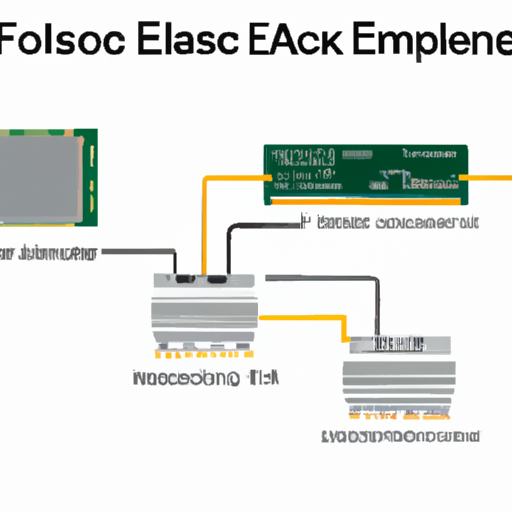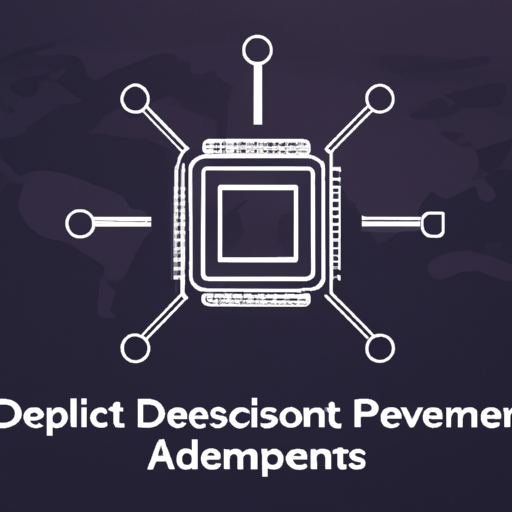1N5236B-T Shift Registers highlighting the core functional technology articles and application development cases of Shift Registers that are effective.
Shift Registers: Core Functional Technology and Application Development Cases
Shift registers are fundamental components in digital electronics, serving as memory circuits that store and manipulate data. They play a crucial role in various applications, from simple LED control to complex communication systems. Below, we explore the core functionalities of shift registers, their types, and several application development cases.
Core Functional Technology of Shift Registers
1. Data Storage: Shift registers consist of a series of flip-flops, each capable of storing one bit of data. The total number of flip-flops determines the register's capacity, allowing it to hold multiple bits simultaneously.
2. Data Shifting: Shift registers can shift data left or right based on clock signals. This shifting mechanism allows for the movement of bits within the register, facilitating data manipulation.
3. Serial to Parallel Conversion: Shift registers can convert serial data (input one bit at a time) into parallel data (output multiple bits simultaneously). This feature is particularly useful for interfacing with devices that require parallel data input.
4. Parallel to Serial Conversion: Conversely, shift registers can also convert parallel data into serial data, which is essential for communication protocols that transmit data one bit at a time.
5. Data Manipulation: Shift registers can perform various operations, including data rotation (where bits are shifted and wrapped around) and simple arithmetic operations, enhancing their utility in digital circuits.
Types of Shift Registers
1. Serial-In Serial-Out (SISO): Data is input and output serially, making it suitable for applications where data is processed one bit at a time.
2. Serial-In Parallel-Out (SIPO): Data is input serially and output in parallel, ideal for converting serial data streams into parallel formats.
3. Parallel-In Serial-Out (PISO): Data is input in parallel and output serially, useful for sending multiple bits of data over a single communication line.
4. Parallel-In Parallel-Out (PIPO): Data is input and output in parallel, allowing for simultaneous data transfer.
Application Development Cases
1. Data Communication: Shift registers are integral to communication systems, such as UART (Universal Asynchronous Receiver-Transmitter), where they convert parallel data from microcontrollers into serial data for transmission. This conversion is essential for effective data transfer in various communication protocols.
2. LED Control: Shift registers, like the 74HC595, enable control of multiple LEDs using fewer microcontroller pins. For example, a single 74HC595 can control 8 LEDs with just 3 pins (data, clock, and latch), simplifying circuit design and reducing pin usage.
3. Memory Expansion: In scenarios where a microcontroller has limited GPIO pins, multiple shift registers can be daisy-chained to expand the number of outputs. This allows for greater control over devices such as motors, sensors, and displays without requiring additional microcontroller pins.
4. Digital Signal Processing: Shift registers can be utilized in digital signal processing applications as delay lines, where an input signal is delayed by a specific number of clock cycles. This functionality is crucial in applications like audio processing and filtering.
5. Data Acquisition Systems: In data acquisition systems, shift registers can efficiently read multiple sensors. By integrating a multiplexer with a shift register, multiple sensor readings can be taken and processed, enhancing the system's efficiency and responsiveness.
6. Microcontroller Interfacing: Shift registers are commonly used to interface microcontrollers with other digital devices, such as sensors, displays, and communication modules. This interfacing capability allows for efficient data handling and control, making it easier to design complex electronic systems.
Conclusion
Shift registers are versatile and essential components in digital electronics, enabling efficient data handling and manipulation. Their ability to convert between serial and parallel data formats makes them indispensable in various applications, from simple LED control to complex communication systems. Understanding their core functionalities and applications can significantly enhance the design and development of electronic systems, paving the way for innovative solutions in digital technology.







